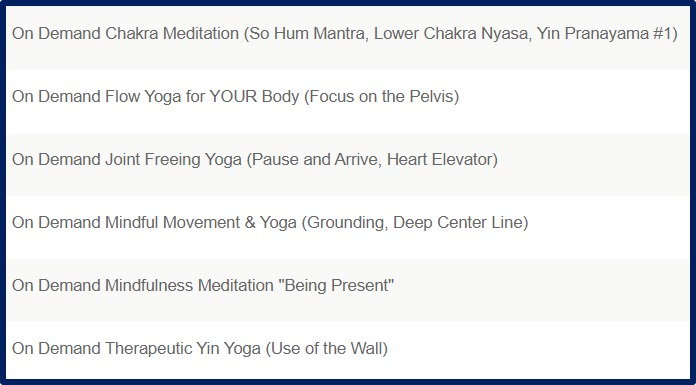What is tensegrity and how does it apply to yoga?
You may be familiar with your yoga therapist explaining that a certain pose will help your body “open” in a certain dimension. But what is going on inside the body to allow this to happen? There is an engineering concept called “tensegrity”, a combination of tension and integrity, that can be applied to your body. We usually think of our bodies being built on the skeleton, where movement is limited by the bones and joints. It is natural to think about it this way since we use skeleton models to understand how the body moves. We are primarily a system of soft tissues, the muscles and fascia, with secondary support from the bones. Instead of the bones holding everything together, the balance of tension across our bodies is the main support.
We are able to move more freely through supporting the fascia. Moving one area or putting additional pressure on one area is distributed over the whole fascia. This video demonstrates how this movement works [Video thanks to Anatomy Trains: https://vimeo.com/49052724]. We are resilient to movement, but too much stress in one area can cause injury. Since the tension of fascia supports the body, it is important to improve the health of your fascia. Read our blog on “Opportunities to Improve Your Body's Fascia Glide” as a reminder of fascia glide and its importance.
Yoga uses this concept of moving one area of the body in a certain pose to gently move the fascia. Rather than repetitively moving the body as in weightlifting or jogging which increases strength of muscles and heart, yoga holds a pose for a period of time. When a muscle contracts or the fascia in and around it is lengthened, much of the force goes into the fascia surrounding it and can in many cases be transferred to another place in the body not directly touching that muscle. We call this force transmission. If you learn how to move your body based on this concept it can help you overcome chronic pain and repetitive injuries. We are trying to improve the fascia glide, balance the forces in the body, and open the body to further movement and improved health.
When you are selecting a yoga instructor, be sure you choose one who is knowledgeable about appropriate ways for you to move your body based on your body’s unique needs. SAM Sather, a certified yoga therapist (C-IAYT), works with individuals with chronic pain and other medical conditions that may need modified movements, and she trains yoga teachers on how to safely guide clients through a carefully chosen practice. She teaches a class in gentle yoga focused on improving mobility in joints and reducing pain as well other classes that improve glide in fascia.
Look for future blogs on how tensegrity relates to pain and movement.
Click on the link HERE to sign-up and go to the ‘Classes’ tab to sign-up for any classes, including Joint Freeing Yoga & Mindful Movement Classes.
Dogwood Studio offers other weekly live online and pre-recorded On Demand classes. For the latest schedule on the website, click HERE.
On Demand Line-up for September 20th – 28th & available for signing-up:
For more information about On Demand classes, visit our website page HERE or email us at info@dogwoodstudioyoga.com.



